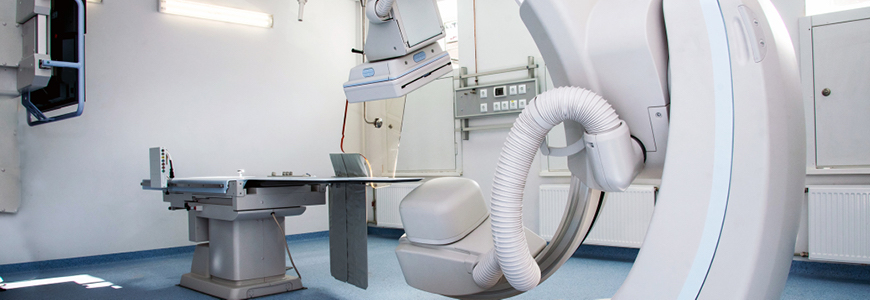A broad research portfolio focused on improving quality-of-life for patients with atrial fibrillation (AFib) and related disorders has positioned the Duke Cardiac Electrophysiology (EP) Section as a national leader in identifying and implementing therapeutic innovations.
An early adopter of device solutions and an innovator in stroke prevention strategies—including expanded use of the Watchman LACC Implant (Boston Scientific, Watertown, MA) for patients with left arterial appendage occlusion (LAAO)—the EP team’s clinical research also contributed to the development of direct acting oral anticoagulants (DOACS), the preferred therapy for 90% of patients with AFib
Among many EP innovations, the team has launched an effort to remove and replace infected electrical leads in device implants as well as offering treatments for dysautonomia disorder. Duke electrophysiologists are involved in multiple trials exploring treatment options for AFib, ventricular tachycardia, and other EP disorders.
“Our division’s research portfolio spans every clinical aspect of our field,” says Jonathan P. Piccini Sr., MD, MHSc, director of the Duke Cardiac Electrophysiology Section. “Because of Duke’s size, we can undertake larger-scale research, analyze outcomes, and assess therapies that simply are not practical in centers with lower patient populations.”
The largest and most demanding focus for the Duke EP team remains the treatment of AFib related disorders. More than 6 million individuals in the United States experience cardiac arrhythmia; globally, the incidence of AFib exceeds 33 million individuals.
“It is an exceptionally common disorder and a chronic medical condition with significant health consequences,” Piccini says. “In this patient group, we see increased risk of stroke, heart failure (HF), premature death, anxiety and depression, increased risk of cognitive impairment or dementia, and decreased quality of life.”
The scale of the public health problem related to AFib is “hard to underestimate,” Piccini says. The National Academy of Medicine described the condition as one of the nation’s top health priorities.
Stroke prevention
Patients with AFib have a stroke risk factor that is five times higher than patients without arrhythmia. Duke researchers are studying the factors that contribute to the higher risk. “Patients who experience an AFib-related stroke are 50% more likely to die or become severely disabled compared to a stroke that is not related to AFib,” Piccini says.
The EP team collaborates with other programs at Duke to assess the effects of high blood pressure, diabetes, obesity, and sleep apnea while developing potential interventions. Other contributors to stroke and AFib include lack of exercise, excessive alcohol use, and valvular disease.
Understanding ethnic differences
Electrophysiologist Larry R. Jackson, II, MD, MHSc, is analyzing the determinants and barriers that prevent Black patients from using such contemporary stroke reduction therapies such as blood thinners, His research premise was developed when Jackson was a cardiovascular medicine research fellow at the Duke Clinical Research Institute (DCRI). He has secured grants from the American Heart Association and the National Institute of Health’s National Heart, Lung, and Blood Institute to support the ongoing investigation.
Ongoing trials and research initiatives
- Botulinum toxin: One in three patients will develop AFib following coronary artery bypass graft surgery. Duke researchers have found that injecting botulinum toxin in the ganglionated flexi in the left atrium may trigger a signal that reduces post-surgical AFib.
- Factor XII inquiry: Patients with coagulation factor XII do not experience spontaneous bleeding and have a 50% lower risk of vascular events. Researchers are studying Factor XII to assess its effectiveness in electrophysiology procedures.
- Pulsed field ablation: Duke EP clinicians are involved in clinical studies of this technique as a non-thermal ablation treatment for patients with AFib. Several studies were presented during a May 2023 Heart Rhythm Society conference.
- Heart rate control: Research is underway to better understand HF risk among patients with HF with preserved ejection fraction (HFpEF). The accelerated pumping rate caused by AFib exhausts the heart muscle, Piccini says, which may increase HF risk.
- Population analysis to reduce AFib exposure: A large analysis is underway linking Medicare data with pacemaker and defibrillator results to better understand the AFib incidence and the risks of cardiovascular-related hospitalization.
